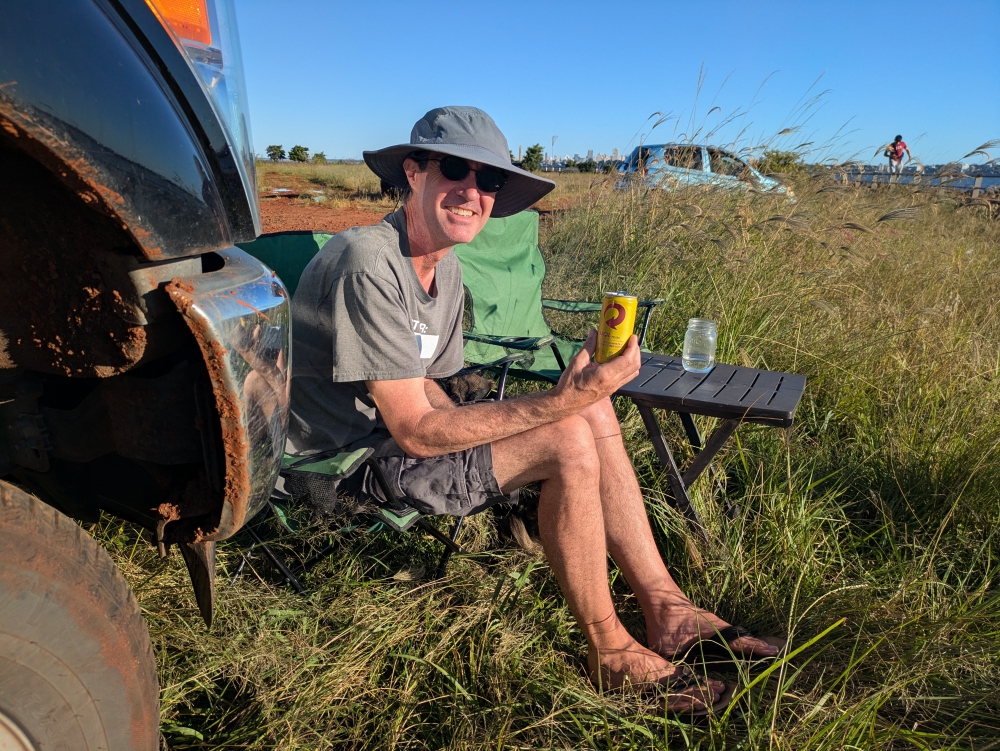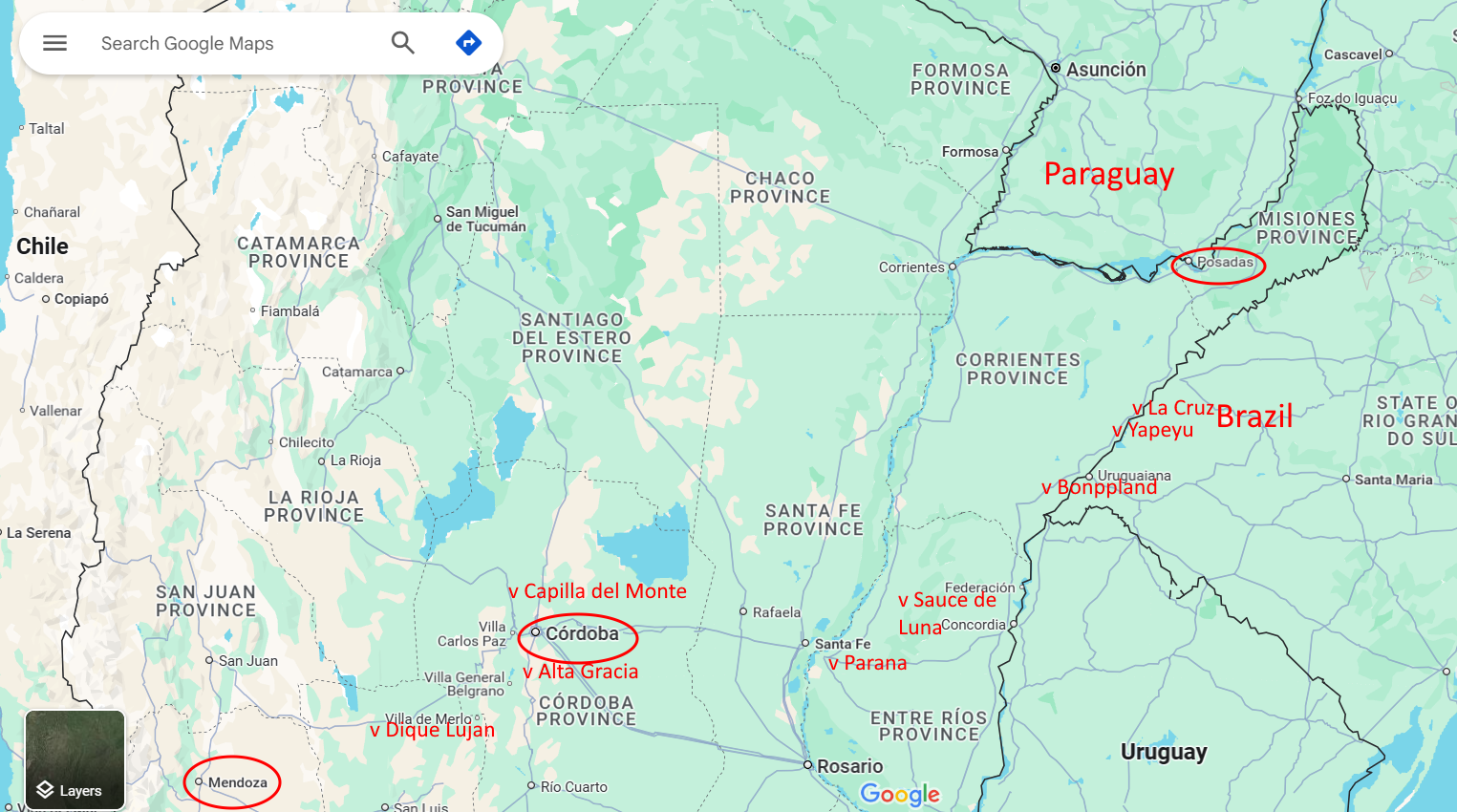
Every month, I post a report of our expenses to show that it is possible to live a comfortable, exciting, and adventurous life without breaking the bank. The less money you spend, the less you need to make. 🙂
This report includes ALL of our expenses, in US$, for two adults and one 60-pound dog (we adopted Maya on June 4th, 2019). Under groceries we incorporate food, produce, and non-alcoholic drinks predominantly bought in supermarkets. Toiletries belong in that category as well. Dining out means eating at a restaurant/event or purchasing take-out food. The health category covers non-prescription medicines and vitamins/supplements; medical contains prescription drugs and doctor’s visits. Because of our income level, Mark and I are eligible for free health care within the state of Massachusetts. For check-ups and extensive care, we return to the US East Coast. Other health issues are resolved locally and out of pocket where needed.
In March, Mark, Maya, Thirsty Bella, and I left the Carretera Austral in Chile and explored the Lake Districts in that country and in Argentina.

Our free camping spot at the north side of Caburgua Lake after a day’s worth of driving on awful roads

Camped for free at a red volcanic beach for a week in Conaripe

Camped at the south side of Caburgua Lake
We hopped back and forth between Argentina and Chile a couple of times.

Leaving Chile

Potholed road in Argentina

Welcome (back) to Argentina

Waiting for the gate into Argentina to open

Border formalities to leave Argentina

Approaching the Chilean border

Welcome to Chile

Entering Argentina one last time?
Before I get into our expenditure details of last month, I want to say something about our income. Throughout my blog posts, I mention that we both work on the road. Yet, some of you are still surprised about us trying to make a living, not being retired (will we ever?), or the extra challenges that come with the need to earn money.
Mark and I have been nomads for 20+ years and we have had several jobs during that time. (I elaborate on those in my sailing memoir Plunge.) Otherwise, we couldn’t have traveled this long and this far. And, no, we don’t have rental income or a property anywhere. Our camper – and whatever it holds – is all we own, apart from a few boxes of memorabilia, stored with family in Belgium and the US.
At the moment, since my translation and proofreading jobs have dried up, Mark and I both work as freelancers, completing different tasks that aim to improve AI. While Mark’s work is straightforward, steady, and poorly paid, my projects are sporadic, specific, complicated, and with a higher hourly rate. Rarely, our monthly income covers our expenses. We still have to dig into savings to support ourselves. That’s the reason we need to spend less money. We always try…
Which brings me to our expenses of March, during which we did not succeed to live frugally. As a matter of fact, it was an expensive month. But if you look at the details, it is easy to understand why our total reached $2,000; many hundreds of dollars above our average.

Potholed road in Argentina

Paved roads again!

We are not done with crappy roads yet!

Driving among monkey puzzle trees as we leave Chile
As you’ve come to expect, the car category is the highest again. We actually left Chile to cover a substantial distance in Argentina, where the gasoline is cheaper, before returning to Chile. Still, we spent $419 on fuel. Since motor oil (as well as any imported products) are cheaper in Chile than in its neighbor, we bought enough for our next oil change (7 liters), at a price of $49. The rest of the “car money” went to tolls ($4) and a parking lot for a hike ($3).

Filling up with gasoline in Argentina
The extra category that made our total “jump” was an occurrence that we usually attend to in April or May: Mark’s annual summer visit to Massachusetts for health care and family reasons. He and I were loosely chatting about where in South America he should leave from in July, while Maya and I stay behind. I’m confident we will be in Brazil by then, so he looked into plane rides from São Paulo (more affordable than Rio de Janeiro), and, before I knew it, he had booked flights, because the price was right. Indeed, $435 for a return journey between São Paulo and Boston is a good deal!
Our grocery bill went up again, because we bought a few things in Chile that are not available, or twice the price, in Argentina. We do feel $400 a month for food shopping in third world countries is on the high side. To be honest, we can’t wait to reach cheaper countries again after more than a year of expensive shopping.

European-style bakery in Villa La Angostura

Amazing sourdough bread from a bakery in Villa La Angostura

An empty fridge, because importing fresh food into Chile is prohibited.

Happy to reach a Lider grocery store again in Chile

Stocking up our stores!

Look at that full food cupboard!

Affordable and good-looking produce in Chile

Let’s go shopping!

Returning to our favorite produce store

Look at the size of these vegetables!

Unfortunately, this $1.50 head of lettuce would not fit in our fridge.
And, since we would leave Chile indefinitely in March, we stocked up on Maya’s dog food ($200) as well, for reasons mentioned above – it’s either not available or more expensive elsewhere in South America. Unless Brazil surprises us! Now, she can keep eating her high-end, salmon-based, chicken-less kibble for another six months or so. We needed a new international health permit for her to cross into Chile as well.

The vet in Futaleufú creates Maya’s paperwork

In Futaleufú, the vet works out of town hall

More dogfood for Maya
Mark and I went rafting in Chile, which you might have read about in my previous post. Yes, for the privilege of almost drowning, we paid $188. Other than that unfortunate glitch, it was a lot of fun. I’ll mention here that the US dollar kept devaluating against the Chilean peso. So, while a year ago 1,000 pesos amounted to one USD, this was not the case anymore in 2025. Another reason the scales are shifting towards Argentina again, where the US dollar is becoming stronger.

Our rafting company

Starting our rafting trip

Fun on the Futaleufú River
Mark celebrated his birthday on March 1st, so we could potentially have added all our activities for that event under the gift category, but we didn’t. The rafting trip is mentioned above and other related expenses below. Because we changed plans, we arrived in Futaleufú that day, allowing us to enjoy a fabulous, fancy dinner at an excellent restaurant. The cost was $80. The other $11 for “dining out” went to empanadas and a portion of French fries bought at street stands.

Our amazing restaurant in Futaleufú

The homey and comfortable interior of the restaurant

Lamb tomahawk

Appetizers on the house

Gnocchi entrée for Liesbet

Ossobuco entrée for Mark

Birthday dessert on the house
We only ate at a restaurant once in March and that was for a special occasion. All the other dinners were cooked and consumed at home.

A big salad for dinner

Veggie burger, carrots, and frittata for dinner

Fresh mushroom burgers

Homemade pizza in our tiny 12V oven

Another delicious dinner at home: grilled burger on ciabatta bread with potato salad

Blackberry pancakes, with fruit from our surroundings

My usual cereal bowl enhanced with red berries
A bottle of Bacardi rum and a myriad of Malbec, Carménère, and Chardonnay wines constituted our $56 bill for alcohol. Thanks to a donation from MD, this number wasn’t higher. 😊

Dinner al fresco
While we were heading north on the Carretera Austral in Chile (where no facility fills propane bottles), we were running low on propane gas, causing us to be super careful using the heater. We often felt cold inside the camper. This precaution allowed us to reach Argentina, where American tanks can be filled, either at depots or by the gravity-fill method. Unfortunately, the facility we planned to get our tank full again didn’t have crew on Saturday morning to help us out, despite the depot being open…
This meant we had to make it to a bigger town before noon (when businesses close for the weekend), namely Bariloche. Three attempts later, we found a man willing to sell us propane… at the crazy price of $5 per kilo (or $45 for a full tank). Since we were in a bind – our tank was utterly empty by then, because we had confidently run the heater in the morning, thinking we’d get propane an hour later – we had him fill half our tank. Only to repeat this cautious and stressful procedure a month later. Our next camper will NOT have a propane system.

Getting propane gas

Blackberry-banana pancakes – we need propane to cook
And we paid the usual monthly subscription to Starlink for our satellite internet ($36). Our business takes care of the other half. A better exchange rate in Argentina saw a slight drop in this fee.
Mark never wants anything for his birthday, so we went rafting and I bought him some goodies – Belgian-style beer and homemade jelly – in a small grocery store. This year, I didn’t even have access to a Western-style supermarket to spoil him.
On his birthday, we also went out for a drink at a brewery in Futaleufú, something we rarely do. It was nice to just listen to music and relax on a patio with Maya. Until it got too chilly.

Brewery in Futaleufú

Cheers!
Anyone who follows us on Facebook might have seen multiple series of photos of us doing laundry in the icy Patagonian rivers. We continued that tradition in March, since laundromats are, really, very expensive.

Doing laundry every day in the warmish lake water

Not the best day for laundry, but it had to be done.

Sun and wind are a great combo for handwashing clothes.

Another load of laundry to stay on top of things
One shop charged $1 per piece of clothing; sheets, sweaters, towels, and jeans didn’t count. Well, those are the exact items that are difficult to hand wash! Luckily, lake water is warmer than river water! We eventually found a shop where we dropped off our sheets and bigger items for a total of $10.

Expensive laundromat in Esquel

Hidden and affordable laundromat
The last two categories were peanuts. We bought more painkillers, since the container of Tylenol we brought back from the US is going fast, due to my frequent headaches and migraines. And, we needed a new spray bottle for a bleach solution to attack the mold created by condensation and frigid weather.
Every night in March, we camped for free. We enjoyed most of these quiet places in nature.

Decent free camping in Futaleufú, Chile

Free camping in a municipal park in Esquel, Argentina

Camped along the Rio Azul, Argentina

Camped in Villa La Angostura, Argentina

Argentinians like to park on top of other campers.

Incredible camping spot in Argentina on the last day of the month

First camping spot back in Chile

Camped by Volcan Villarrica, Chile

We had to move campsites at the northern end of Lake Caburgua, because of heavy winds.
In April 2025, we will still be driving a lot – this continent is big – but we will do our best to stay within our budget.


































































































































































































































































































































































































































